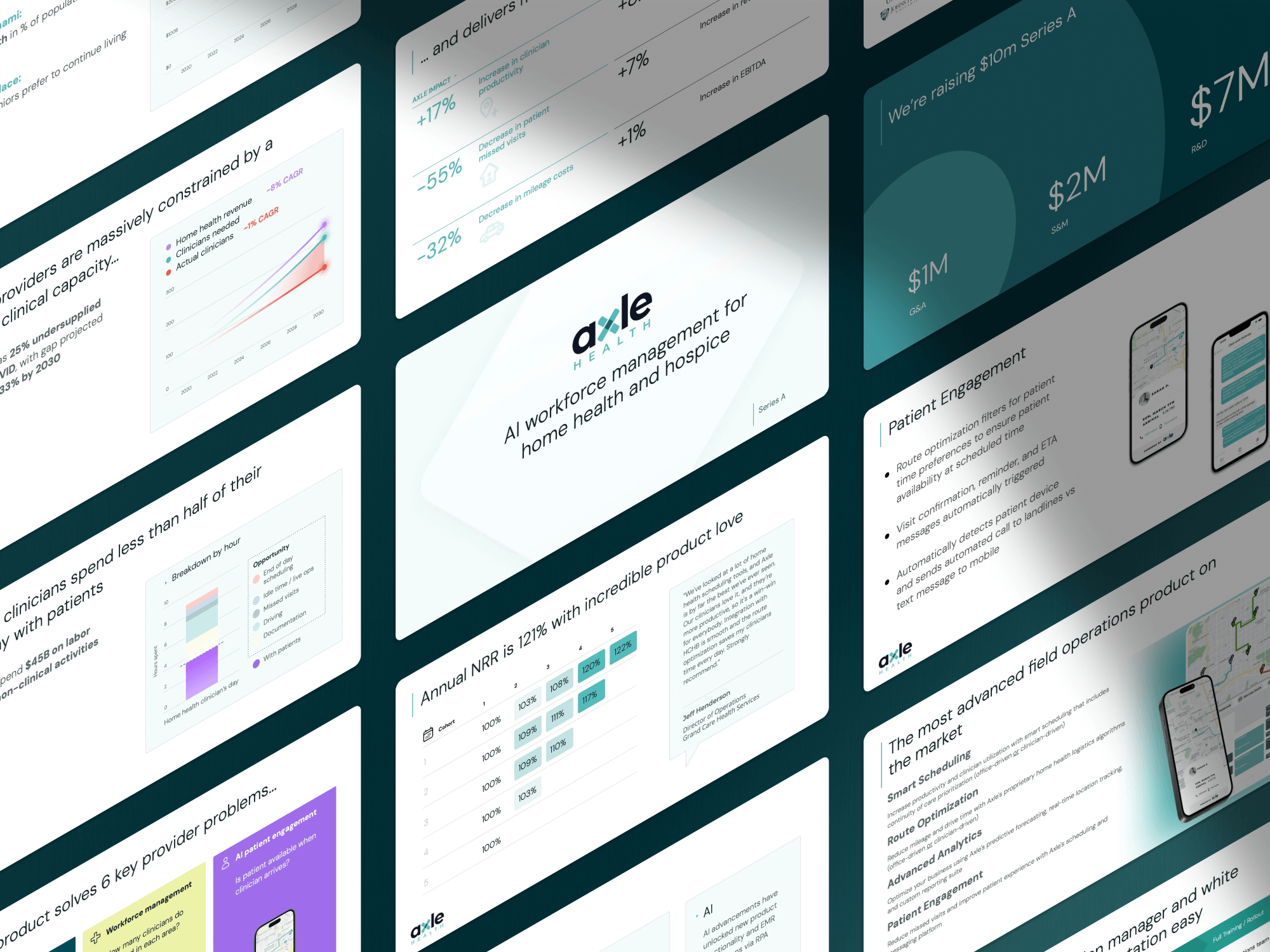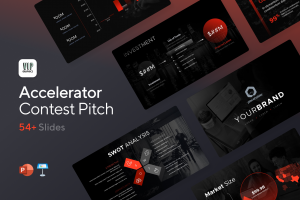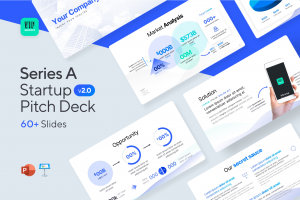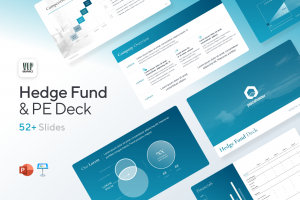Axle Health, a healthcare technology company aiming to revolutionize home-based care delivery through its comprehensive operations platform, has secured $10M in Series A financing round led by F-Prime, with participation from Y Combinator, Pear VC, and Lightbank.
The platform provides scheduling and workforce management software as well as a mobile app for clinicians, an operations dashboard for office teams, proprietary logistics algorithms to optimize scheduling, and a patient engagement and booking solution.
“The healthcare industry is experiencing a fundamental shift toward home-based care, accelerated by changing patient preferences, value-based care initiatives, and advances in remote monitoring technologies,” said Adam Stansell, CEO of Axle Health.
The Los Angeles, CA-based company’s systems are integrated with a wide range of EMRs, and the entire Axle product can be customized and accessed modularly via API. Some of the biggest home health care providers in the country use Axle’s software to improve the utilization of their clinical teams, and automate the operational burden of scheduling and dispatching.
“What sets Axle’s technology apart isn’t just its computational power, but how seamlessly it integrates with existing healthcare workflows. Many healthtech solutions create additional friction for providers, but Axle’s platform actually reduces administrative burden while improving outcomes” noted Mar Hershenson, Partner at Pear VC.
The company was Founded in 2020 by healthcare and technology veterans, including Adam Stansell, Connor Hailey and several former Uber executives who brought their logistics expertise to the healthcare industry. Adam Stansell helped launch Uber Eats in the northeastern US, coordinating food-delivery logistics in the new market. He later joined Motive, a logistics software company for trucking fleets.
In 2020, when hospitals were scrambling to enable at-home care during the pandemic, Stansell and his cofounder Connor Hailey set out to create the same intelligence infrastructure for healthcare that the gig economy had built for itself.
“What impressed us most was how the team, with several executives bringing deep operational expertise from their time at Uber, has applied sophisticated logistics principles to healthcare, creating a solution that seamlessly integrates with existing systems while delivering measurable improvements in efficiency and patient outcomes” said Carl Byers, Partner at F-Prime.
Stansell says that Axle intends to use the funds to further enhance its expansion plans, scale its proprietary healthcare logistics platform, improve its AI-powered scheduling and routing algorithms, accelerate the development of its generative AI patient engagement solutions, and grow its engineering and operations teams.
Check out the 18-slide pitch deck Axle Health used to secure the $10 million Series A funding from F-Prime Capital, Y Combinator, Pear VC, and Lightbank.
What were the slides in the Axle Health pitch deck?
Browse the exact example slides from the pitch deck that Axle Health used to raise a $10M round led by F-Prime Capital.
1. Problem Slide
The majority of startups fail before they even begin because the founders are so in love with their idea that they forget to ask one crucial question: “Does anyone actually need this?” Solution-first thinking leads founders down a dead-end path. This approach sounds appealing because it’s exciting to fall in love with a clever product idea. It’s much more difficult to deeply understand a problem and collaborate on how you can elegantly solve it
The reality is that the market doesn’t care about your solution; it cares about its problems. Make sure you’re solving the right ones, and be prepared to adapt as those problems, the users who have them, and the ways to effectively address them evolve.
A solution in search of a problem is often missing a clear, concise problem statement. However, we don’t see this problem with the Axle Health problem slide as the founders not only understand the clinical constraints and the capacity issues but also present it in a way that’s straightforward and simple for investors to understand through the slides’ headlines. Additionally, the use of metrics like “25% undersupplied before COVID” and “33% by 2030” gives concrete scale to the problem.
On the design side, the slides are uncluttered with good use of white space. The color palette is consistent and the overall layout feels polished and credible.
However, there are a couple of issues with the slide: for example, the chart shows three metrics with different units and scales, making comparisons difficult. The revenue line (~8% CAGR) appears largest visually but represents dollars, not people, which creates a misleading impression when discussing staffing shortages.
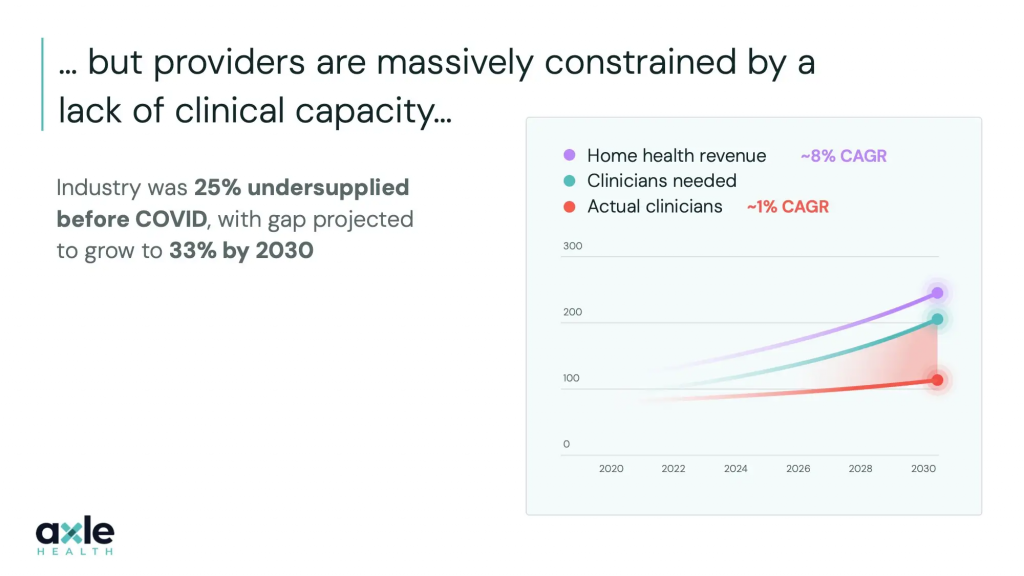
2. Value Proposition Slide
As we discussed earlier, too many startups fail because there’s no market need for their product. But how do you, as a founder, make sure that you aren’t creating something that no one wants? While no validation checklist can guarantee success, research shows that certain indicators consistently appear in startups that find product-market fit.
These indicators can include identifiable customers, poor existing solutions, and most importantly a clear ROI / value proposition. In other words, as a founder, instead of making promises you should be able to articulate that you product can “Save X hours” or “Reduce costs by Y%.”
By looking at Axle Health’s value proposition slide, investors can see exactly how Axle Health can provide value to the home-based healthcare providers; the slide does not present round numbers or vague claims, but instead shows precise percentages that suggest real measurement and data backing and lends credibility to the value proposition.
The slide’s design presents a clean visual hierarchy with large percentage figures drawing attention first and clear descriptive text below. The consistent formatting makes it easy to scan and compare components of the value proposition with the two-column layout that smartly separates operational improvements from financial returns.
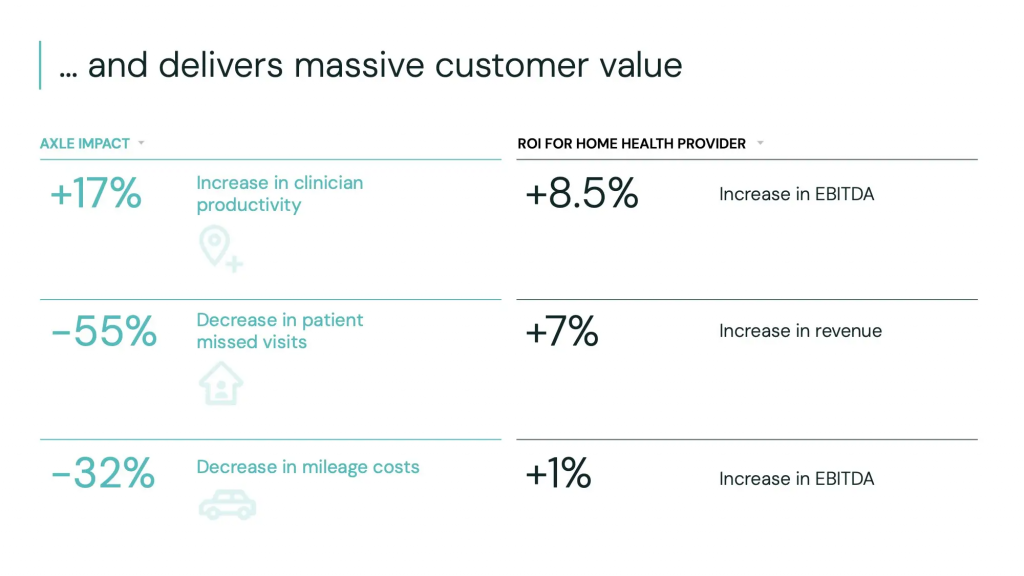
3. Why Now Slide
Investors sit through countless pitches that all follow the same template – problem, solution, team, go-to-market – but they blend together into forgettable noise. What cuts through is storytelling that creates logical connection and memorability.
One of the most important points of your pitch deck story should be around the timing of your product. Why has nobody solved this before and why will you beat the competition? You have to show that your product isn’t possible because of a checklist of features— instead, what you are doing is fundamentally different and there’s a specific reason why you choose this winning route.
Axle Health’s Why Now slide highlights multiple aspects, regulatory changes, market pressures, and technological advances that are aligning simultaneously to allow for the creation of Axle Health’s tech possible. This convergence story is compelling because it suggests a narrow window of opportunity that won’t stay open forever – hence creating FOMO among investors.
On the design side, the “Why now?” headline is perfectly positioned to grab attention immediately, while the three equal-sized boxes create a balanced, scannable layout that guides the eye naturally left to right. Additionally, the background icons add visual interest without competing with the text. They’re appropriately muted and reinforce each section’s theme.
The slide is a great example of how good design should feel effortless to the audience while doing heavy lifting behind the scenes.
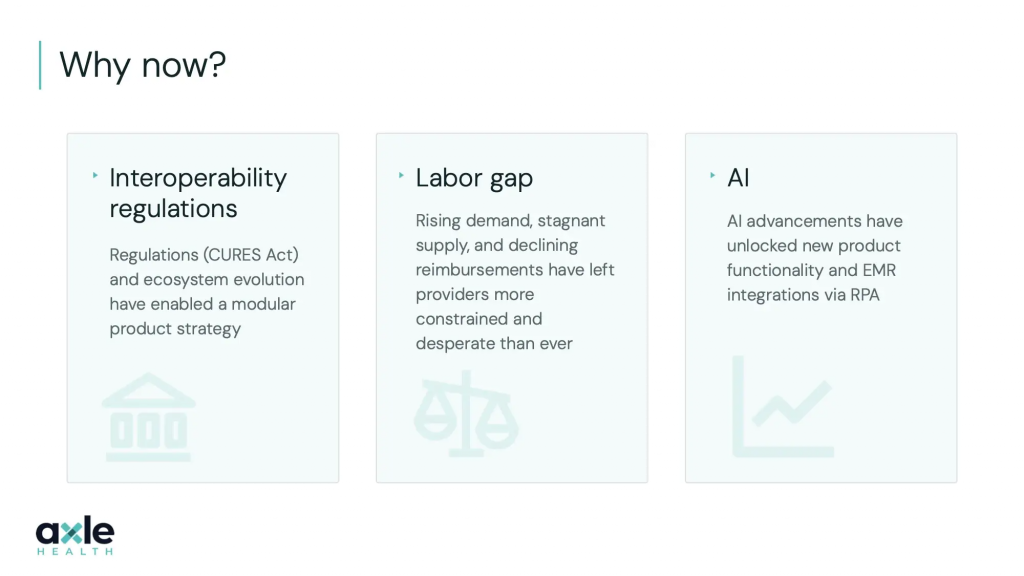
How to create your own pitch deck like Axle Health:
We hope you learned something from the Axle Health pitch deck, and that you are able to use these insights for your own business. If you’d like to, you can bookmark it at bestpitchdeck.com/Axle Health
Although it probably goes without saying that having a successful business (outside just their pitch deck) was integral to their success, the perfect pitch deck is critical for any startup to ensure your vision is portrayed properly. That’s where crafting the perfect pitch deck comes essential:
You might find our other resources on how-to create a pitch deck helpful, or benefit from using one of our expert-designed templates:
Our team has helped create decks that have closed over $100M+ in deals & funding for leading startups and even VC firms. You can leverage this experience and get a jumpstart on your pitch with one of our easy-to-use presentation templates, one-pagers, or financial models.
Creating a deck? Check out our pitch deck templates.
Every pitch requires a unique approach tailored to its audience. Our team of experts has created pitch decks for different industries, as well as funding stages:
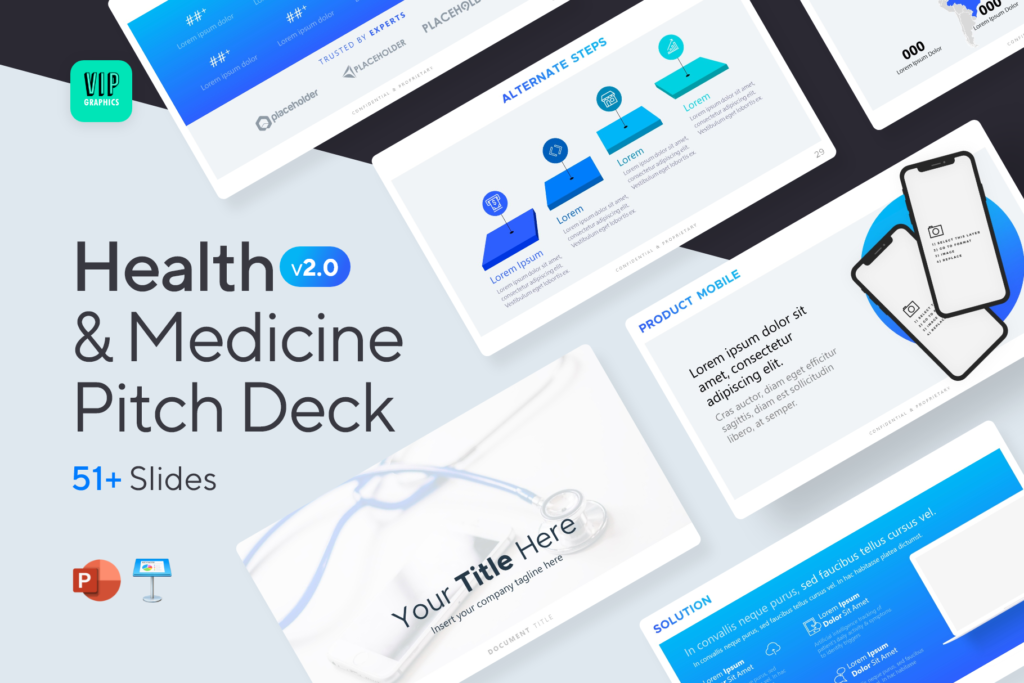
You might be interested in the popular Health & Medicine Pitch Deck Template designed by our team of experts at VIP.graphics. This investor presentation template is built specifically for Healthcare startups seeking to raise funding.
Accelerator Pitch Deck Template — The Accelerator Pitch Deck template was crafted for early-stage founders seeking to win funding &/or investment from pitch contests, accelerators, incubators, and angels or VC firms. Winning a pitch contest or being accepted to a prominent accelerator program requires a unique strategic approach to an investor pitch presentation.
Series A Pitch Deck Template — A pitch deck template for startups and founders raising funding: Smart, actionable slides that work. This is a pitch deck template built specifically for startups, entrepreneurs and founders raising their first seed or Series A round of institutional capital.
Mergers & Acquisitions Pitch Deck Template — Perfect Pitch Deck™ is a template crafted for later-stage businesses entering more sophisticated discussions such as mergers & acquisitions (M&A), late-stage investment (Series C+), or other partnerships & financing opportunities. Our team of experts created this presentation to empower founders to present with confidence to investment banks, private equity (PE) groups, and/or hedge funds (and vice versa).
Alternatively, feel free to browse our growing selection of pitch decks tailored for specific industries and businesses.
